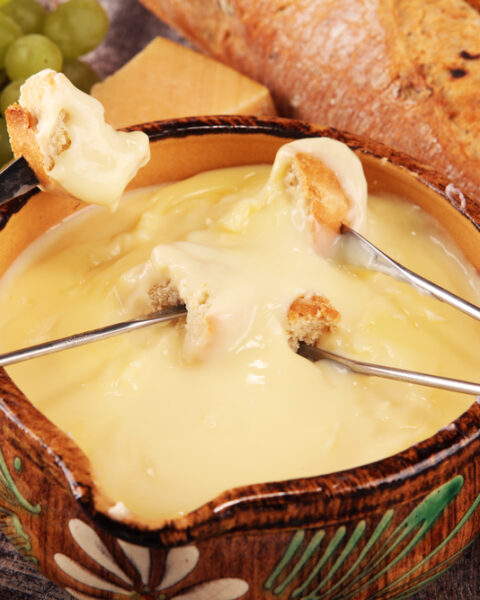Winter is the season for warm, hearty meals and cozy drinks, and the right spices can make all the difference in transforming a simple dish into something extraordinary. Their versatility allows them to shine in everything from savory dishes to sweet indulgences, offering a comforting experience that can lift your spirits. Many of these spices have been cherished for centuries, not only for their flavors but for their potential health benefits, which make them a perfect fit for colder months.
Contents
Cinnamon
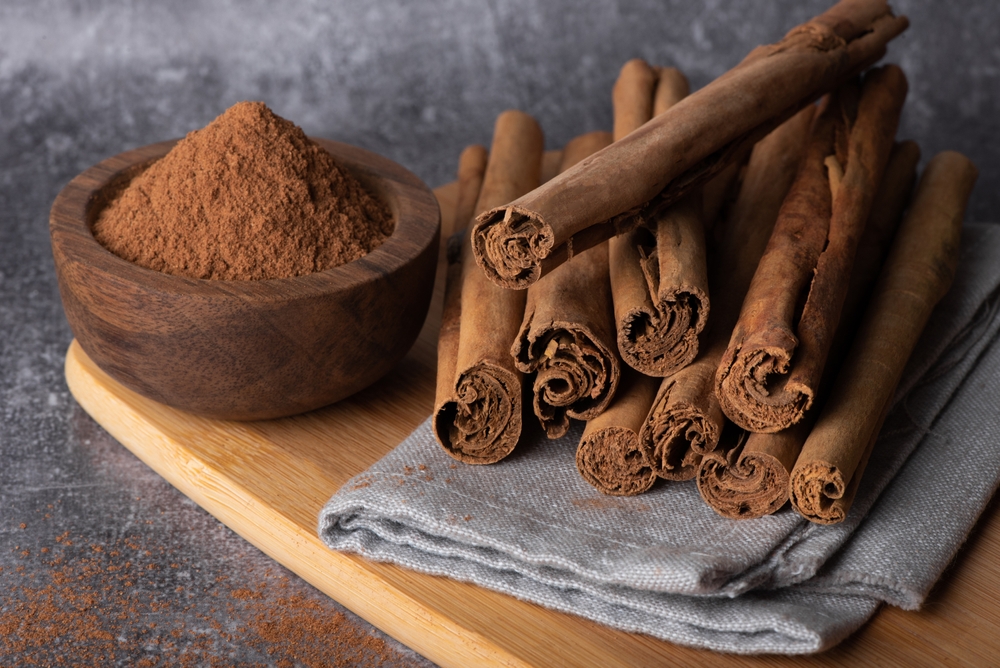
Cinnamon is a classic winter spice known for its warm, sweet flavor. It works wonderfully in both sweet and savory dishes. You can sprinkle it over oatmeal, add it to baked goods like cinnamon rolls, or stir it into hot beverages like cider and hot chocolate. Cinnamon is also great in savory dishes like stews, curries, or roasted vegetables, giving them a deep, warming flavor. Beyond its culinary uses, cinnamon has a long history in traditional medicine, where it has been used for its anti-inflammatory and antimicrobial properties. This spice pairs well with other warming spices like nutmeg, ginger, and cloves. It is also used in many holiday-themed teas and spice blends, especially in winter.
Cloves
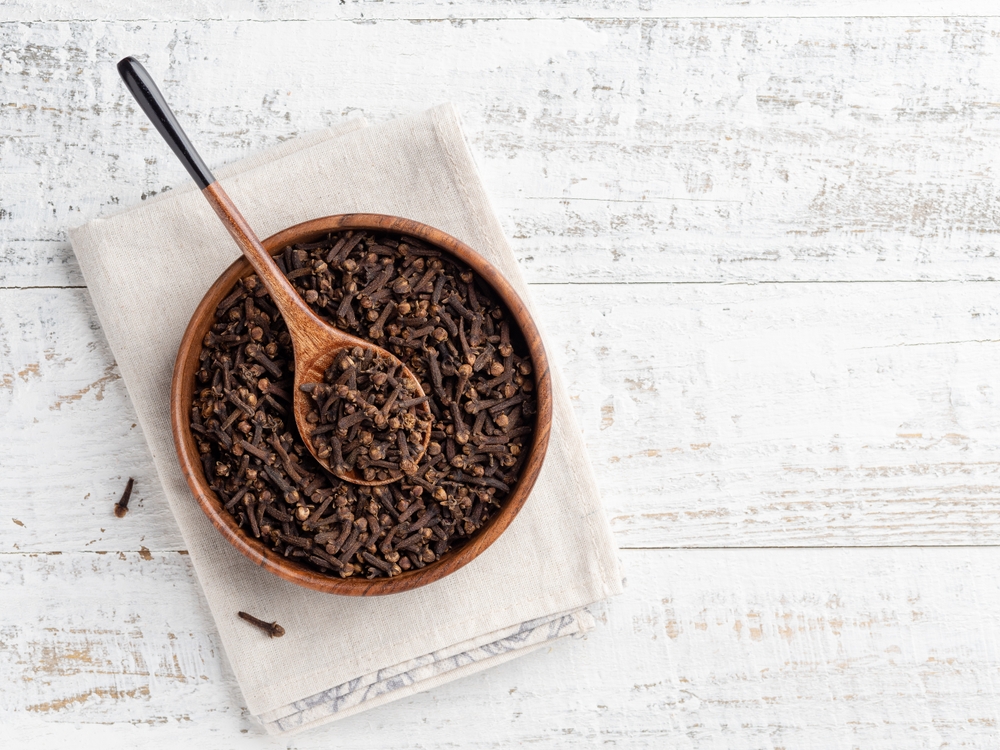
Cloves have a strong, aromatic flavor and are often used in winter baking and mulled wines. Their slightly sweet, pungent taste can infuse dishes and drinks with warmth and depth. Whole cloves are often used to stud ham or oranges for a festive, aromatic touch. They also work well in spice blends, like pumpkin pie spice or garam masala. Cloves are commonly used in making mulled wine, cider, and teas, as they add a cozy, spiced flavor. In addition to flavoring foods, cloves have been used for their medicinal benefits, such as pain relief and digestive support. Just a few cloves can transform a dish, so they should be used sparingly.
Nutmeg
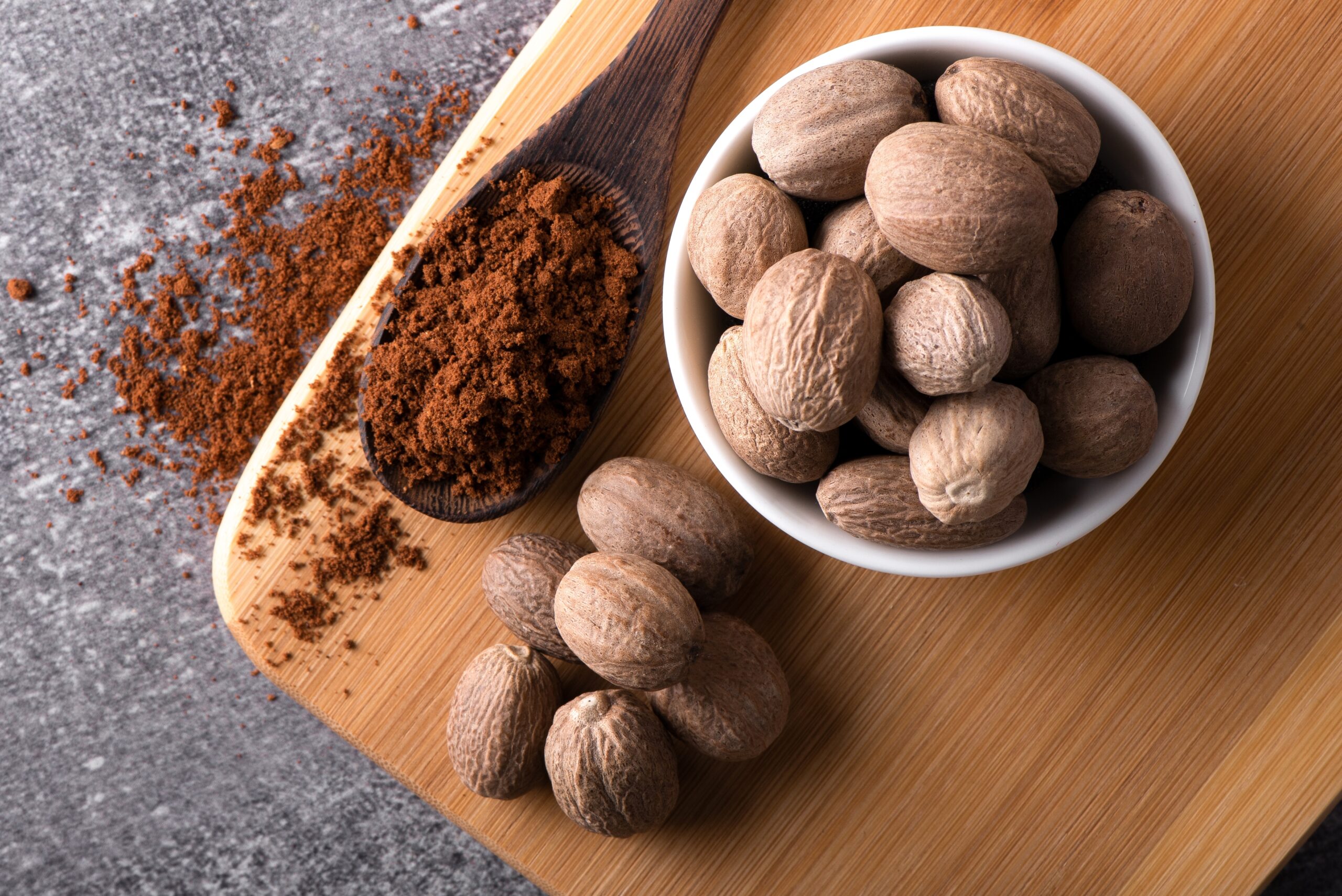
Nutmeg is another staple winter spice, famous for its sweet, nutty, and slightly woody flavor. It is commonly used in baking, from cakes and cookies to pies and pastries. Nutmeg pairs perfectly with other winter spices like cinnamon and ginger, making it a key ingredient in holiday treats like eggnog and pumpkin pie. It also shines in savory dishes, such as creamy mashed potatoes, spinach, and creamy soups. Nutmeg is often grated fresh to release its natural oils, which enhances its flavor. Additionally, nutmeg is known for its soothing properties, making it a good addition to warm drinks. It has also been used in traditional medicine to help with digestion and sleep.
Ginger
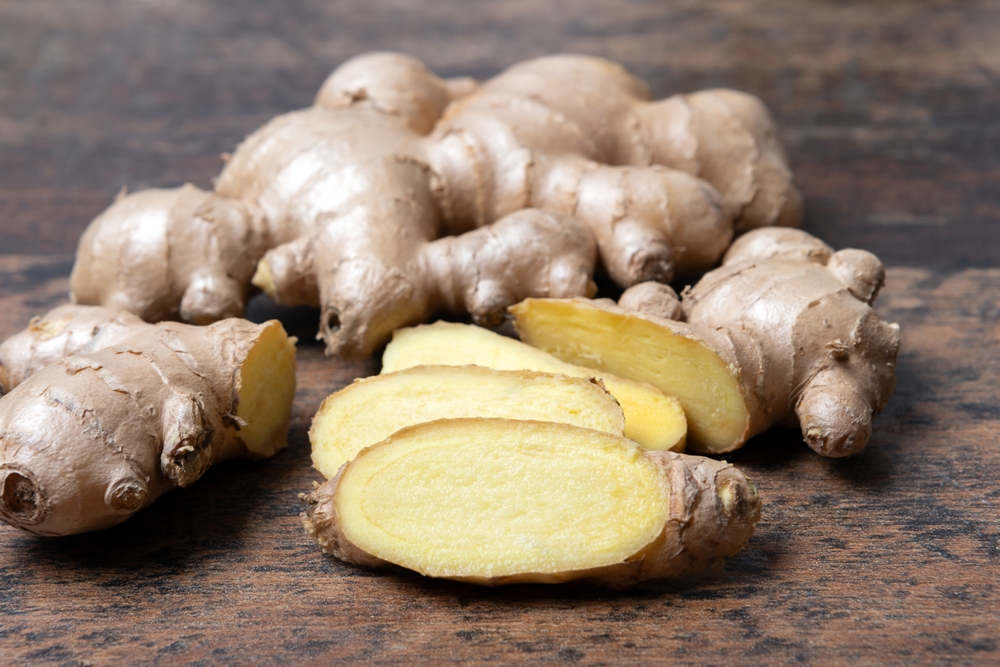
Ginger brings a bold, spicy kick that can warm you up during the colder months. It is frequently used in both sweet and savory dishes. In baking, it gives depth to gingerbread cookies, cakes, and scones. Ginger is also a key ingredient in spiced teas, hot drinks like ginger toddy, and even holiday cocktails. Its natural spiciness makes it perfect for adding a bit of heat to winter dishes like stir-fries or soups. Beyond the kitchen, ginger is known for its digestive benefits and can be helpful for easing nausea and settling the stomach. Fresh ginger, powdered ginger, or crystallized ginger all have their place in cooking and baking.
Allspice
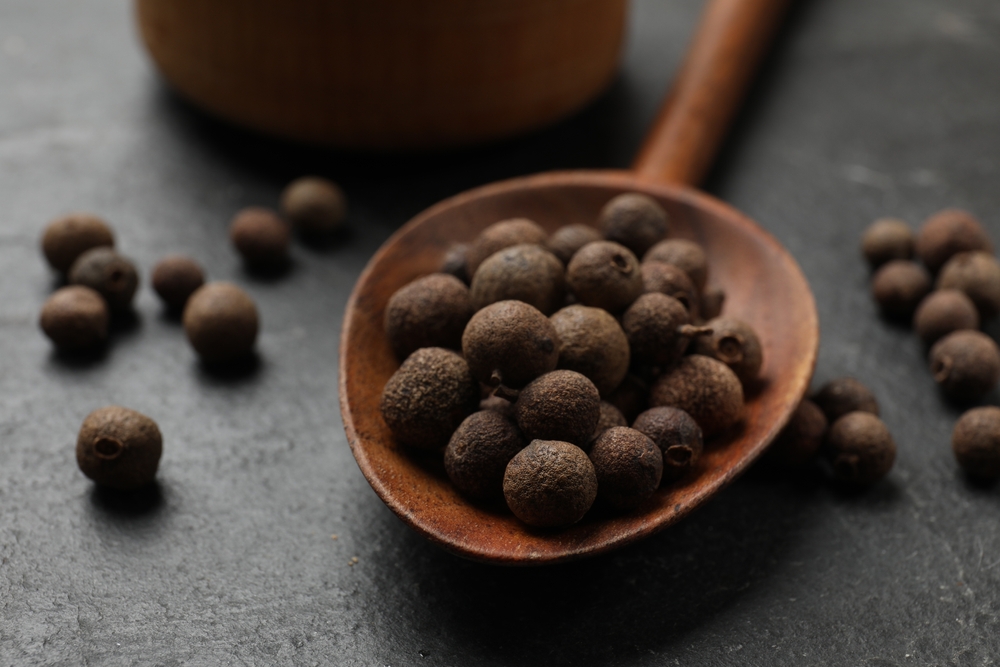
Allspice is often confused with a combination of other spices, but it actually comes from the dried berries of a tree. It has a flavor that combines the warmth of cinnamon, cloves, and nutmeg, making it a perfect spice for winter. You will often find it in holiday baked goods, such as gingerbread cookies, fruitcakes, and pies. Allspice is also used in savory dishes, particularly in Caribbean and Middle Eastern cuisines, adding a rich and aromatic flavor to meats, stews, and marinades. It pairs wonderfully with citrus, making it great for spiced winter fruit compotes. Allspice is also a common ingredient in mulled wine and cider. Its warm, aromatic scent is part of the cozy atmosphere of the season.
Cardamom
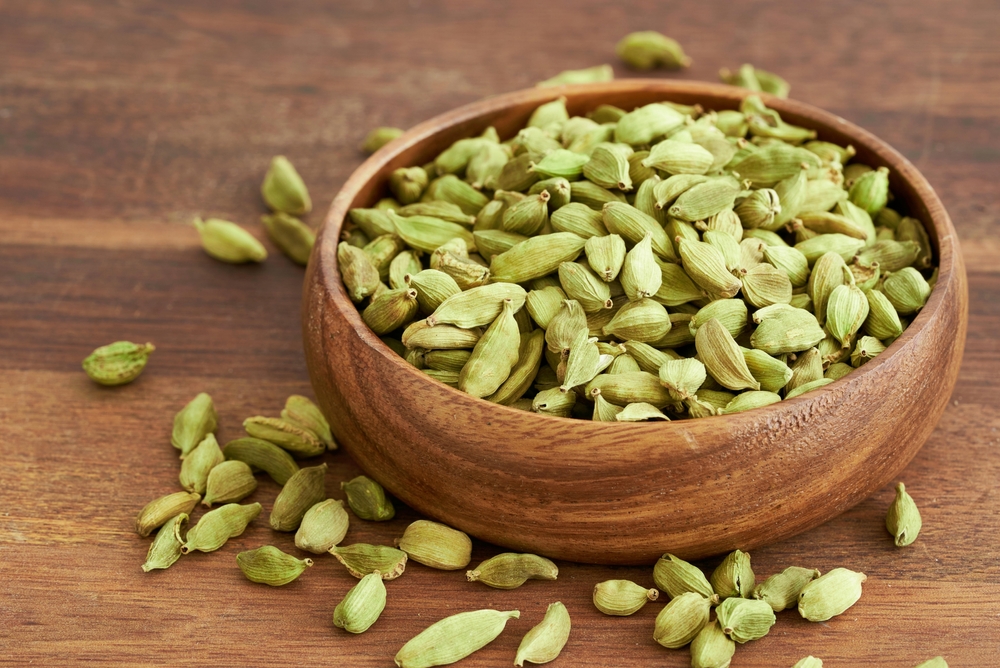
Cardamom is a fragrant, slightly citrusy spice that adds a distinctive flavor to both sweet and savory dishes. In baking, it is often used in Scandinavian and Middle Eastern desserts, such as cardamom buns and cakes. Its aromatic flavor is also found in chai tea and spiced coffee, making it a favorite in winter drinks. Cardamom is often paired with cinnamon, cloves, and nutmeg in various spice blends for a rich, warm flavor. This spice is also a key ingredient in curry blends, bringing an exotic touch to winter stews and curries. In addition to its culinary uses, cardamom has been used for centuries in traditional medicine to treat digestive issues and promote overall wellness. It is also used in perfumes and soaps for its pleasant fragrance.
Star Anise
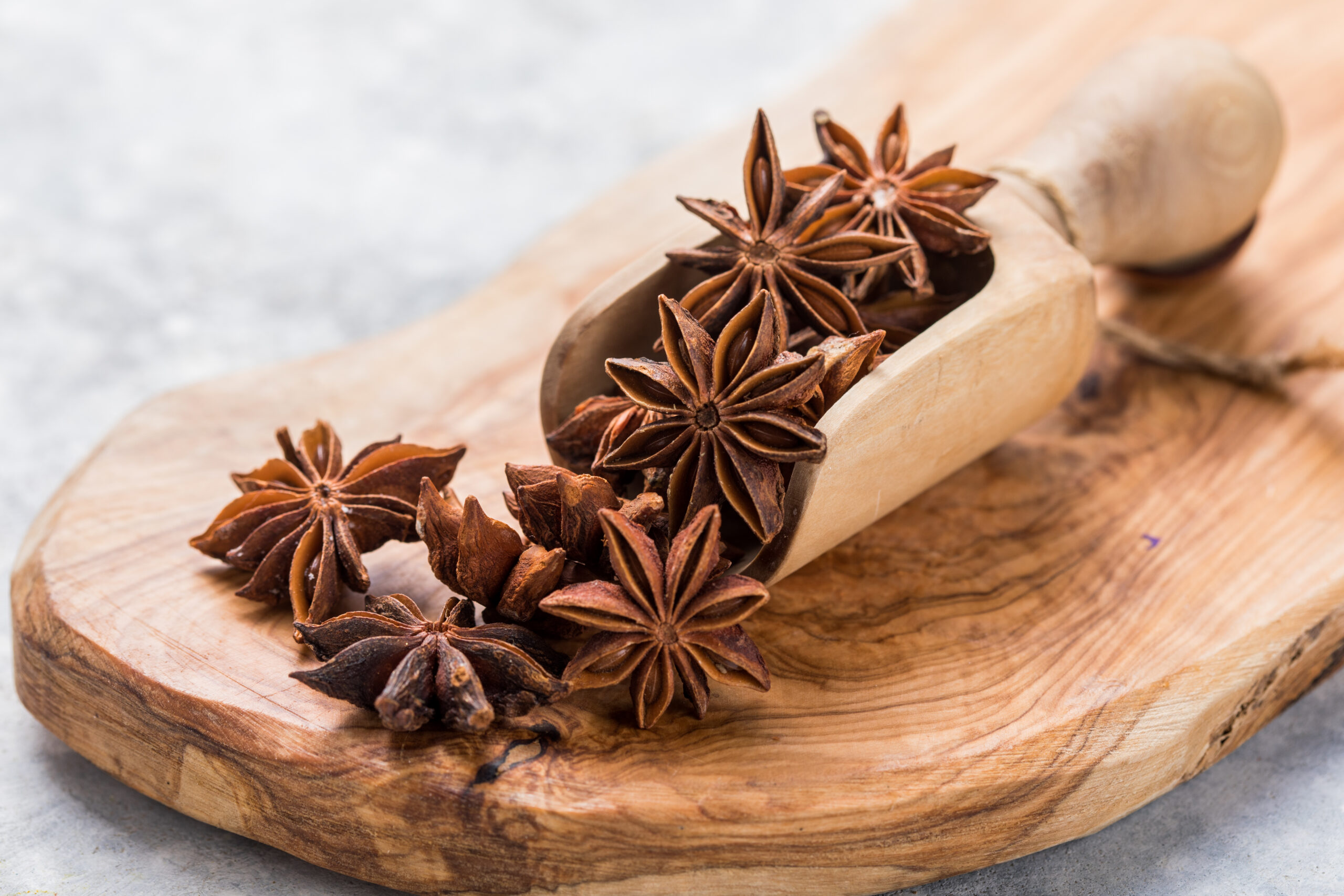
Star anise is a spice that adds a sweet, licorice-like flavor to dishes, making it a unique choice for winter cooking. It is often used in braised meats, stews, and marinades, where it can infuse its bold flavor. Star anise is also a key ingredient in Chinese five-spice powder, which is used in many savory dishes. It works well in both sweet and savory recipes, including mulled wine, poached pears, and even some savory soups. This spice is often used in holiday drinks, especially in blends for cider and tea. Star anise is not only flavorful but also has medicinal properties, including antimicrobial and anti-inflammatory effects. It can also be used as a natural remedy for digestive discomfort.
Saffron
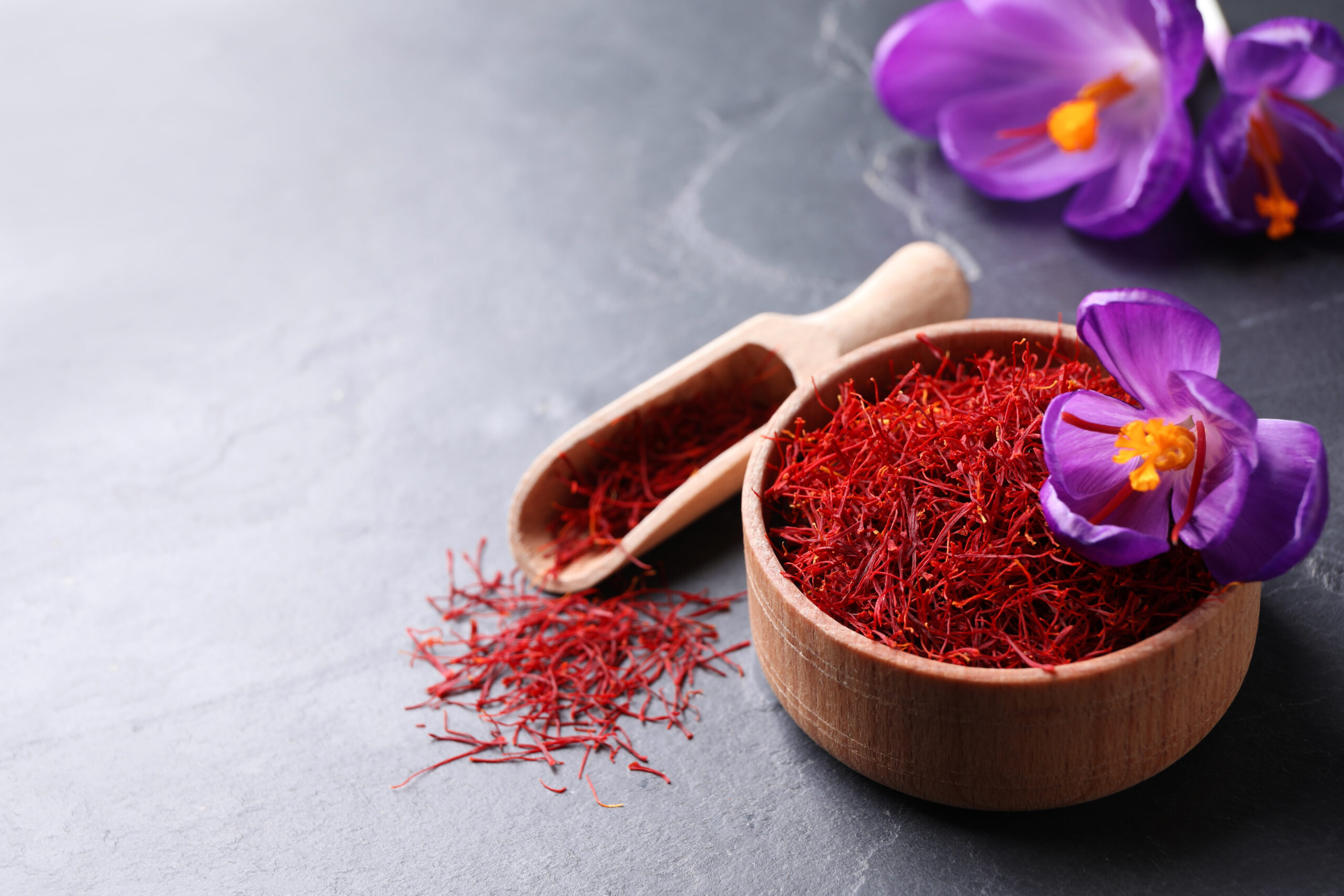
Saffron is one of the most prized spices in the world, known for its delicate flavor and beautiful golden color. While it is often associated with savory dishes, such as risottos and paellas, it can also be used in winter desserts, like saffron-infused cakes or custards. This spice is perfect for adding a rich, floral note to warming dishes like soups and stews. Saffron pairs wonderfully with citrus, making it an excellent addition to spiced fruit compotes or citrusy cakes. Due to its delicate nature, saffron should be used sparingly to avoid overwhelming a dish. In addition to its culinary uses, saffron has been used for centuries in traditional medicine for its mood-lifting properties and potential to improve sleep. It also adds a luxurious touch to any dish.
Peppercorns
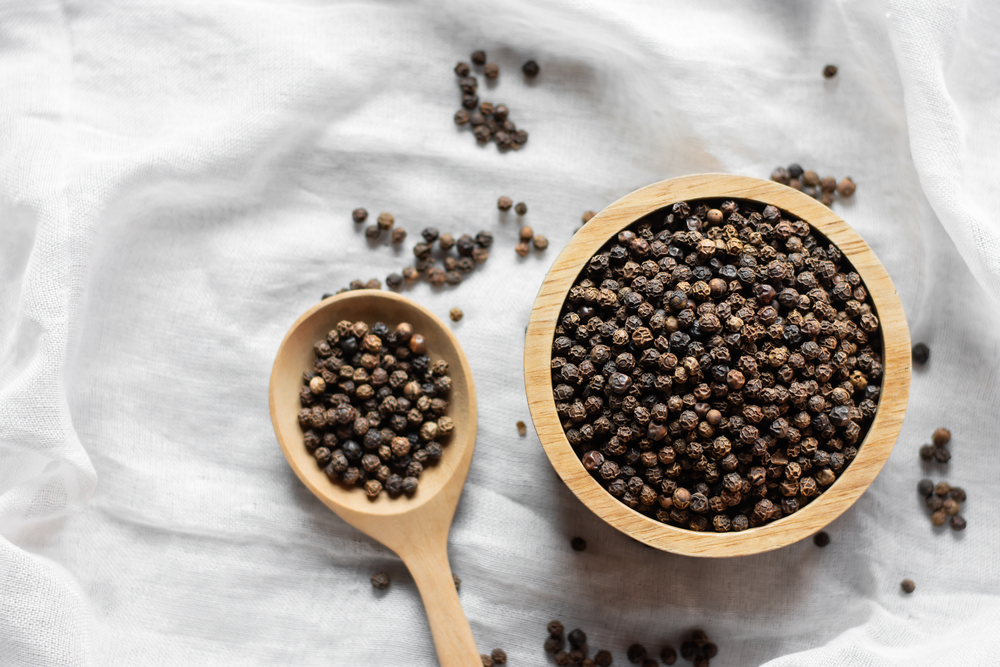
Peppercorns are a staple in every kitchen, but their warmth and depth of flavor make them particularly useful in winter cooking. Black, white, and green peppercorns each offer a slightly different flavor profile, with black being the most commonly used in cooking. In winter, pepper is often added to hearty soups, stews, and meats to add some heat and contrast to rich flavors. It pairs well with spices like cinnamon, cloves, and ginger in both savory and sweet dishes. Freshly cracked peppercorns provide a pungent heat that brightens up many dishes, from casseroles to roasted vegetables. Peppercorns are also a common ingredient in spice blends and marinades. Aside from flavor, black pepper has been used for its potential digestive and anti-inflammatory benefits.
Turmeric
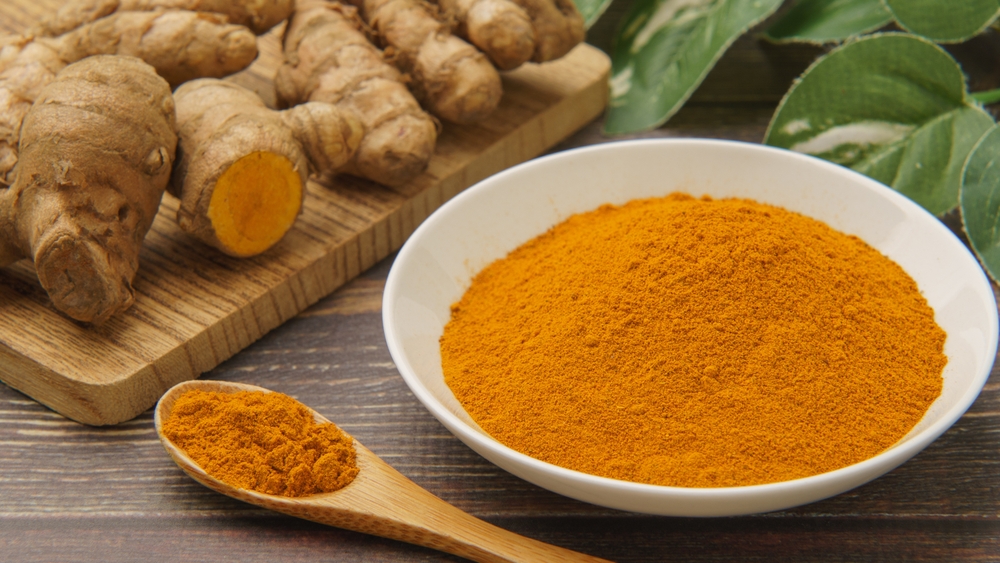
Turmeric is known for its bright yellow color and earthy, slightly bitter flavor. It is commonly used in savory winter dishes, particularly in curries and stews. Its vibrant color makes it a visually appealing spice for dishes like soups and rice pilafs. Turmeric is also a key ingredient in many spice blends, such as garam masala and curry powder. When combined with black pepper, turmeric’s active compound, curcumin, becomes more bioavailable, boosting its health benefits. In addition to its flavor, turmeric is prized for its anti-inflammatory properties and potential health benefits. It is also commonly used in teas and wellness drinks, especially during cold winter months.
Coriander
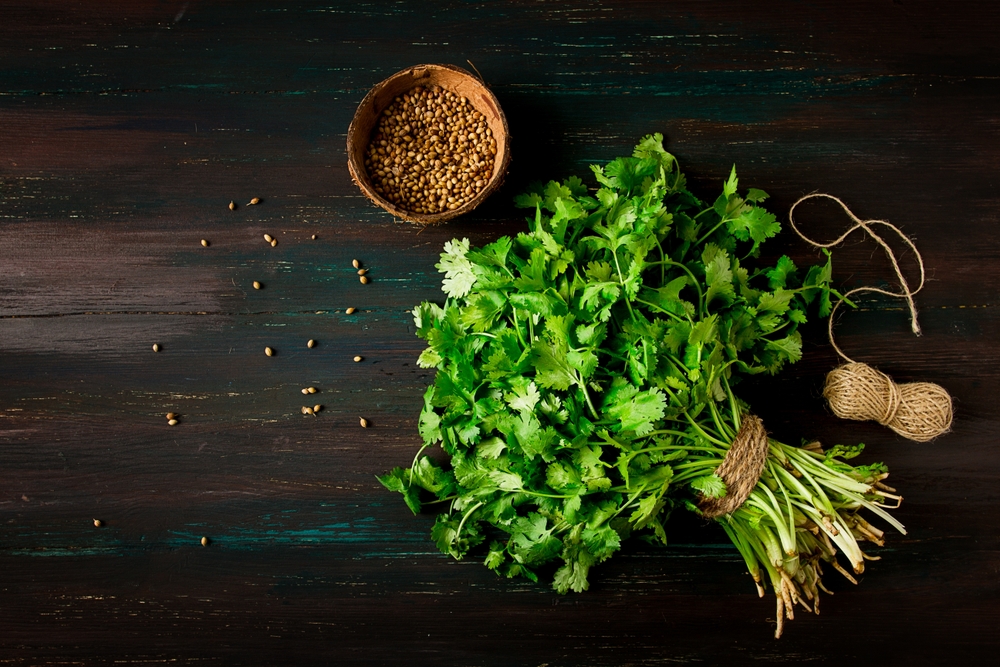
Coriander, or cilantro in its fresh form, has a warm, citrusy flavor that brightens up winter dishes. The ground seeds of the coriander plant are often used in curries, soups, and stews to add depth and complexity. Coriander is an essential component of many spice blends, like garam masala and curry powder, and pairs well with cumin, ginger, and turmeric. In winter, it is often used in dishes with hearty vegetables, meats, or legumes. Coriander is also great for adding a fresh twist to roasted or braised dishes. It can even be used in sweet recipes, such as spiced cookies or fruit cakes. Coriander has been used in traditional medicine for its digestive and anti-inflammatory benefits.
Mace
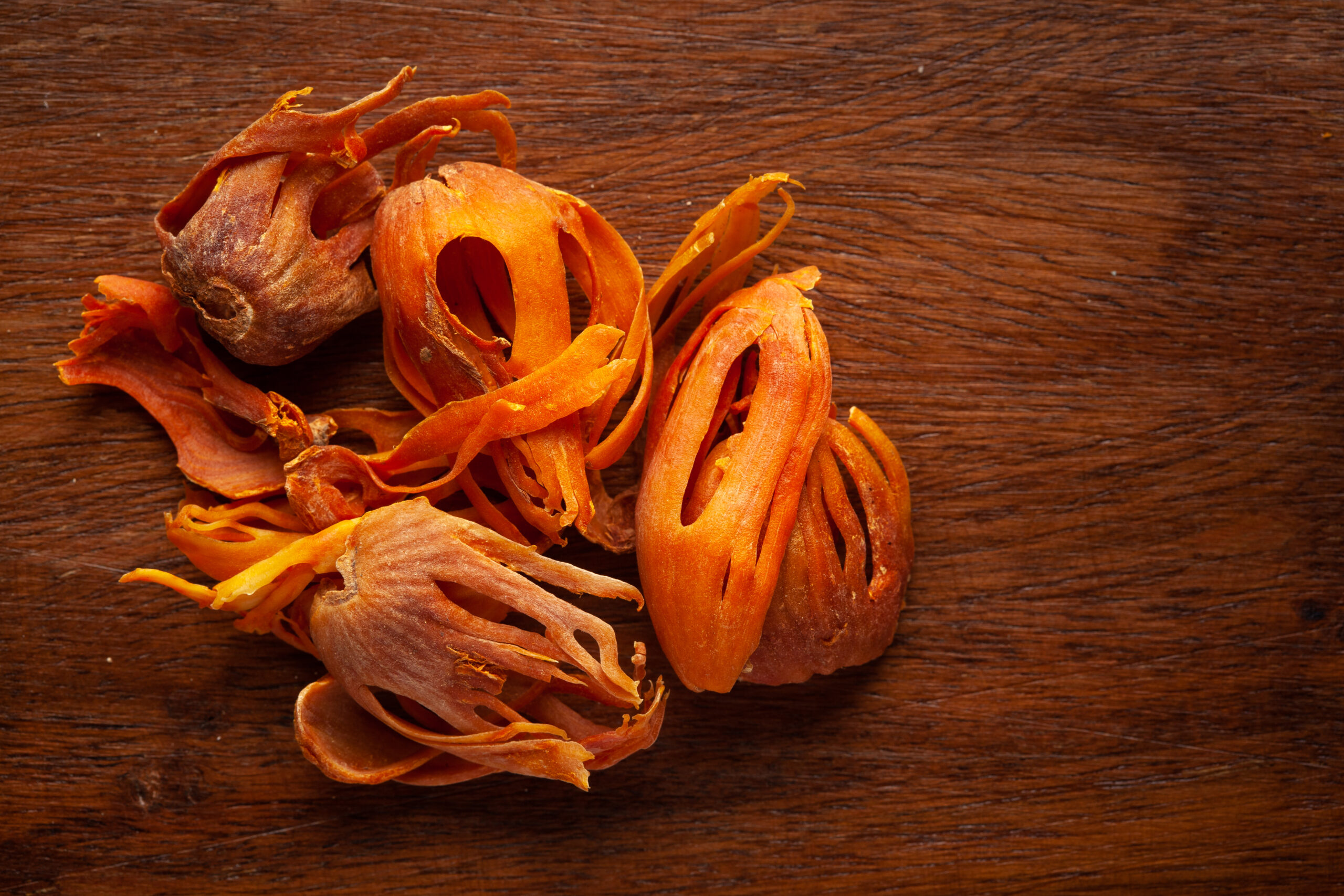
Mace is the outer covering of the nutmeg seed and has a flavor profile similar to nutmeg but with a more delicate and subtle taste. It works well in both sweet and savory dishes, such as cakes, pies, and creamy sauces. Mace can be used in spiced teas, mulled wines, and cider, adding a gentle warmth to beverages. It is often used in the preparation of fruit preserves, custards, and pudding. In savory dishes, mace complements meats, soups, and creamy casseroles, giving them a hint of spice. Mace is commonly used in European and Middle Eastern cooking, where it is often paired with other warm spices like cinnamon, ginger, and cloves. Like nutmeg, mace is thought to have digestive benefits.
Vanilla
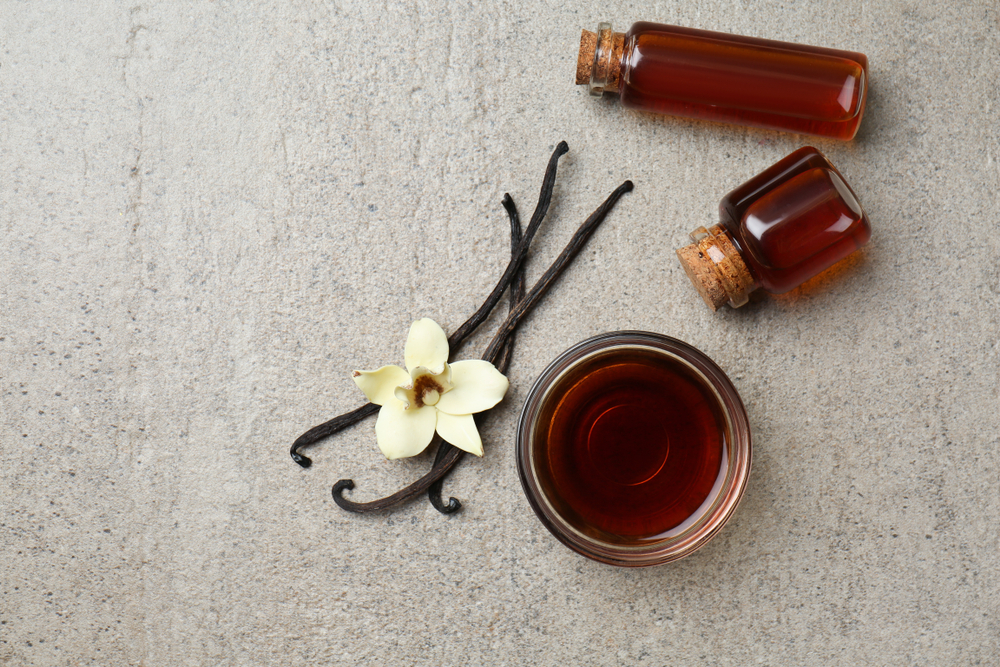
Vanilla is a sweet, aromatic spice that adds a comforting flavor to many winter desserts. Whether in cookies, cakes, or puddings, vanilla enhances the sweetness of baked goods while adding complexity. Vanilla can also be used in beverages like hot chocolate, coffee, and holiday cocktails. The essence of vanilla works wonderfully with other warm spices, such as cinnamon, nutmeg, and cloves. In savory cooking, it can be used to flavor sauces and dressings, giving them a rich and deep flavor. Vanilla is often used in combination with citrus in holiday fruit compotes or tarts. Beyond flavor, vanilla is also known for its mood-lifting properties, making it a great addition to any winter treat.
Rosemary
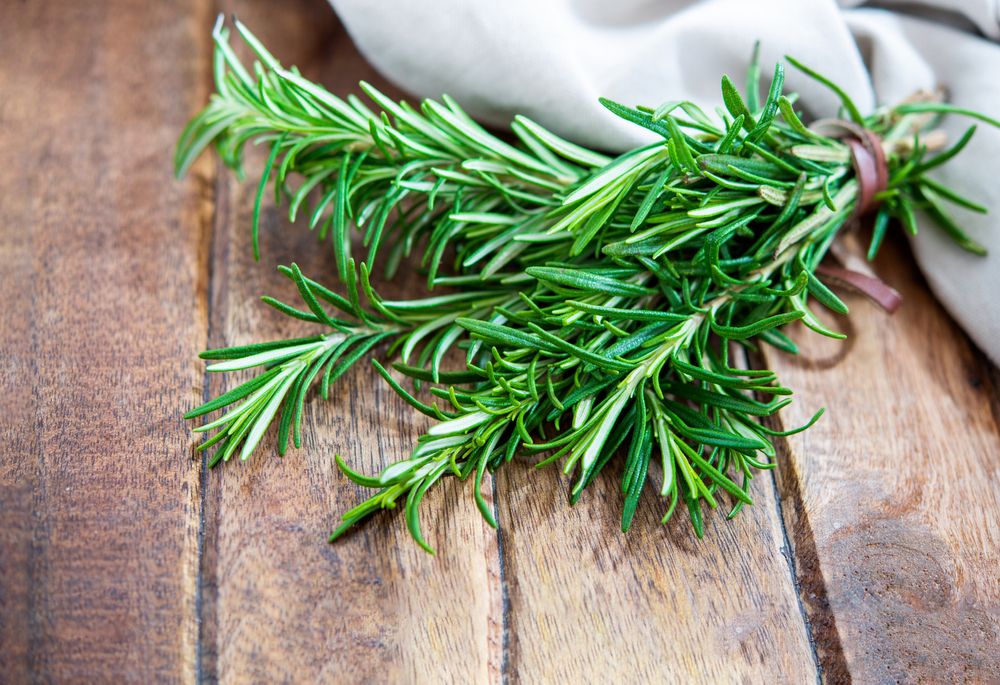
Rosemary is a fragrant, pine-like herb with a strong, woodsy flavor that makes it a perfect addition to winter meals. It pairs beautifully with roasted meats, especially lamb, chicken, and pork, enhancing their savory flavors. Rosemary is also great in winter vegetables, adding depth to roasted potatoes, carrots, and squash. This herb is often used in hearty soups and stews, where its robust flavor can infuse the broth. Fresh rosemary sprigs are often used to garnish dishes or to flavor oil for dipping bread. It can even be incorporated into winter cocktails, adding a fragrant herbal note to gin or whiskey-based drinks. Beyond the kitchen, rosemary is known for its potential memory-boosting and stress-relieving properties.
Sage
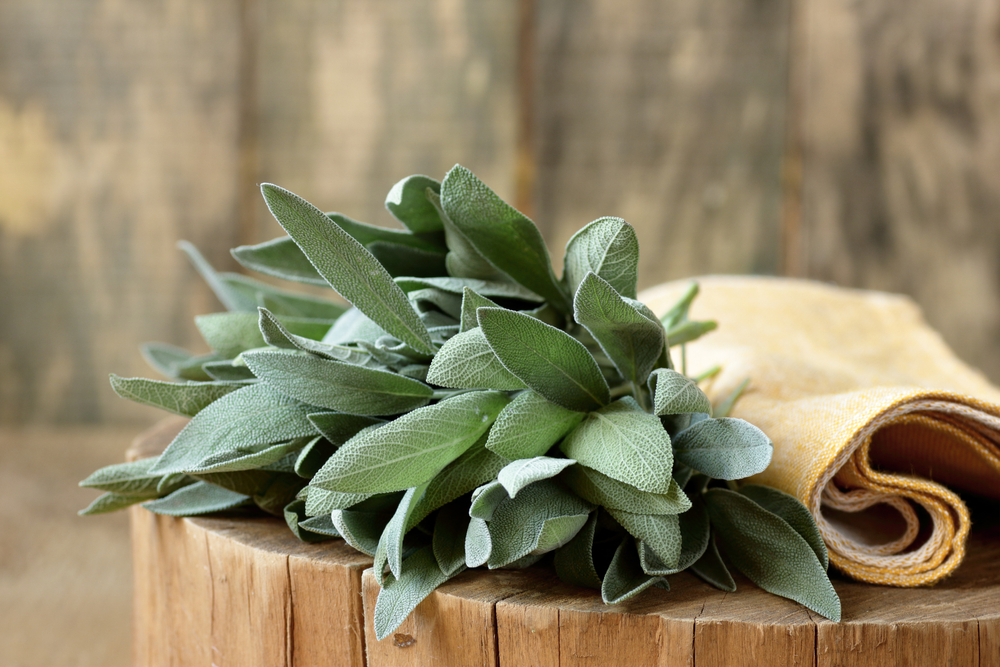
Sage is a savory herb with a slightly peppery and earthy flavor, making it an excellent choice for winter dishes. It works especially well in rich, hearty foods, such as roasted meats, casseroles, and stuffing. Sage’s bold flavor can also stand up to creamy sauces, adding an earthy contrast. It is a classic herb in Thanksgiving dishes like stuffing and turkey, but it also shines in everyday winter cooking. In addition to savory applications, sage is great in beverages like hot buttered rum or spiced cider, where it adds a surprising depth. It pairs well with other winter spices, including rosemary, thyme, and nutmeg. Sage has long been used in traditional medicine for its potential antibacterial and digestive benefits.
Thyme
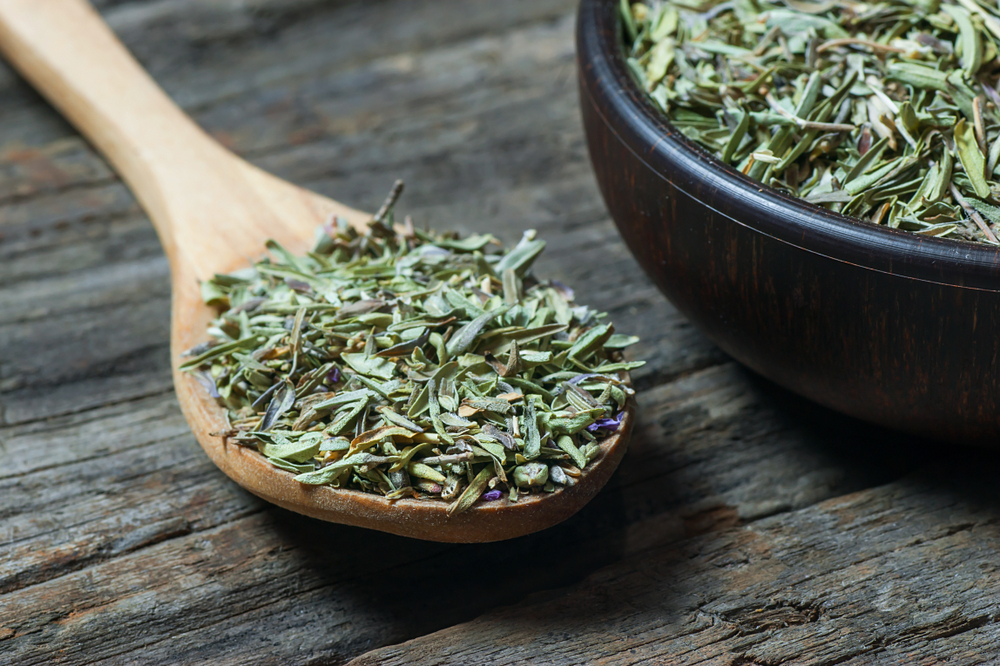
Thyme is a versatile herb with a slightly minty, lemony flavor that can brighten up rich winter dishes. It is commonly used in roasts, soups, stews, and braises, where it infuses its flavor into the dish over long cooking times. Thyme pairs particularly well with winter vegetables, meats, and poultry, and is an essential ingredient in many French and Mediterranean dishes. It can also be used in winter marinades, giving a fresh, herbal note to meats before roasting or grilling. Thyme is great for making savory herbal teas, and its warm, slightly floral flavor can help balance the richness of creamy soups or sauces. Fresh or dried thyme can be used in cooking, and the leaves are often stripped from the stems to sprinkle over dishes. It has been used in traditional medicine for its antiseptic and antioxidant properties, making it a helpful addition to winter wellness routines.
This article originally appeared on RetailShout.
More From RetailShout
15 Budget-Friendly and Nutritious Costco Snacks for the Family
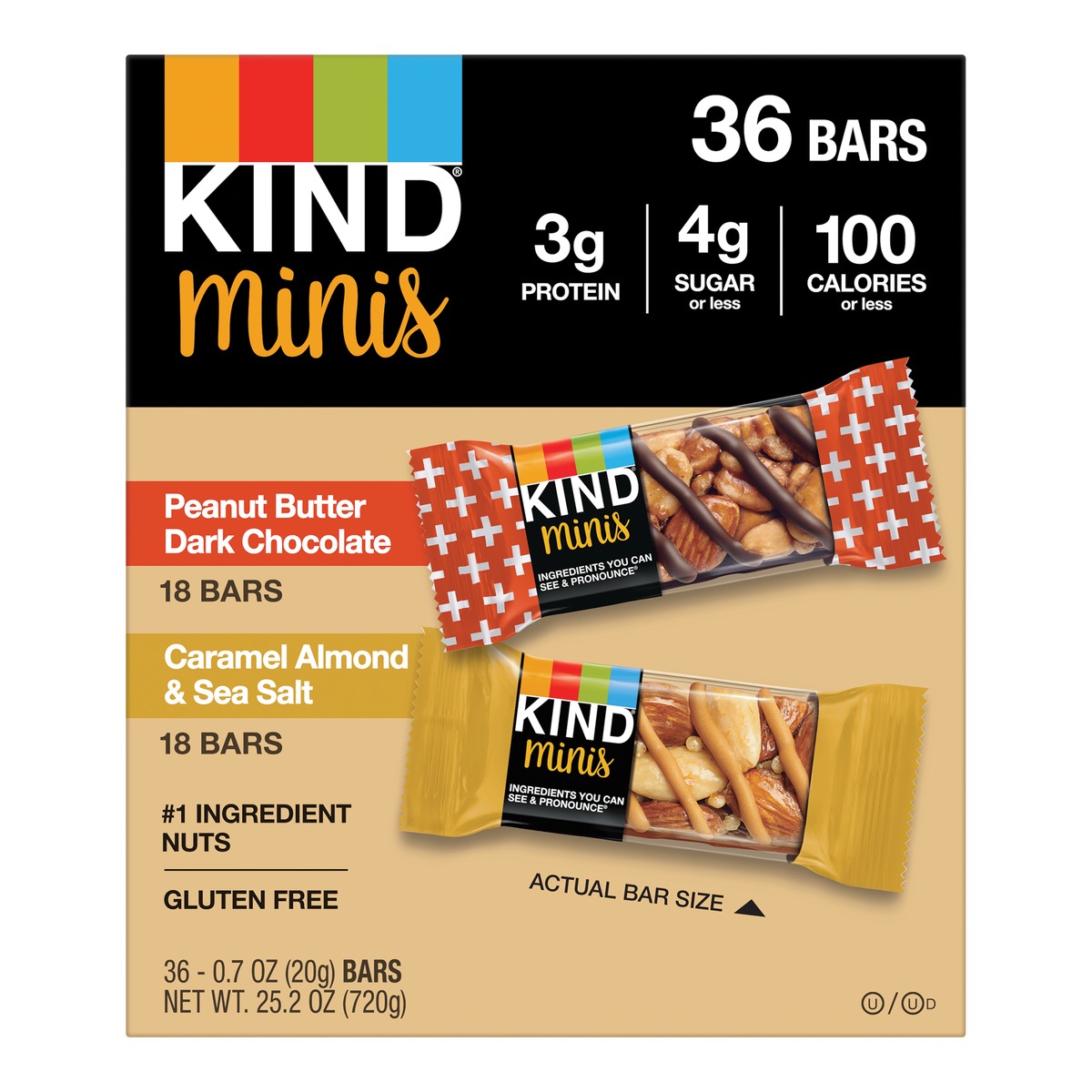
Snack time doesn’t have to break the bank, and with Costco’s bulk offerings, you can stock up on healthy snacks for the whole family without spending a fortune. From crunchy snacks to protein-filled options, there’s something for everyone, even the pickiest eaters. Read More.
15 Amazing Walmart December Deals on Great Value Items

Walmart’s December deals are here, and they’re making it easier than ever to stock up on must-haves without breaking the bank. Great Value items have always been a go-to for budget-friendly quality, and this month, some of the best are even more affordable. Read More.
14 Common Cooking Oils That Are Damaging to Your Health
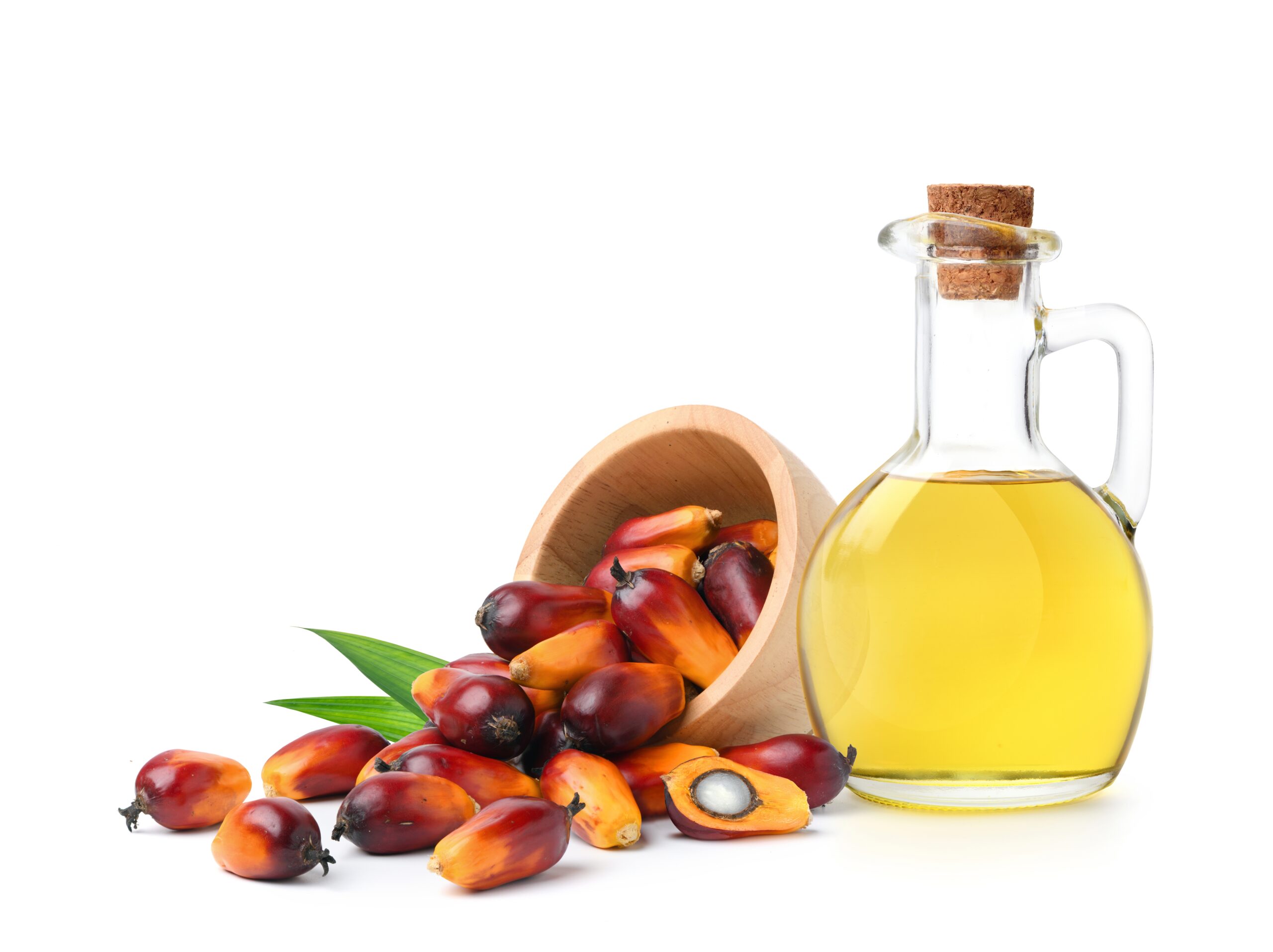
Cooking oils are a staple in many kitchens, but some oils, when used frequently or in large amounts, can contribute to poor health due to their high levels of trans fats, saturated fats, or harmful chemical processing. Read More.

